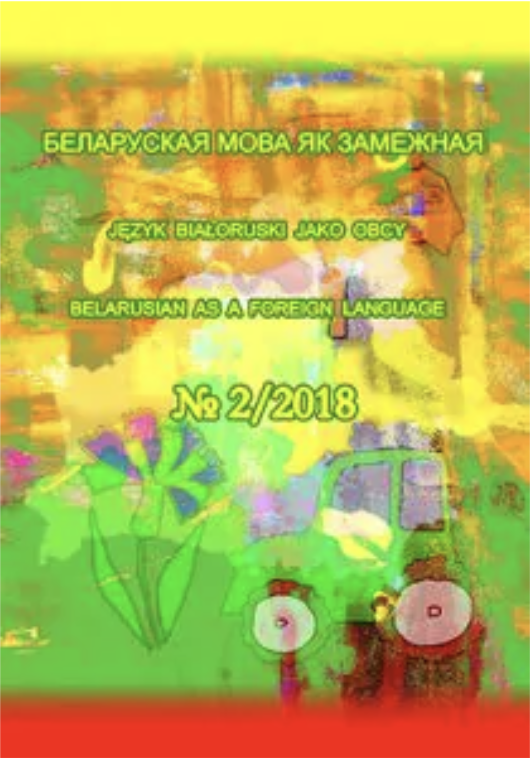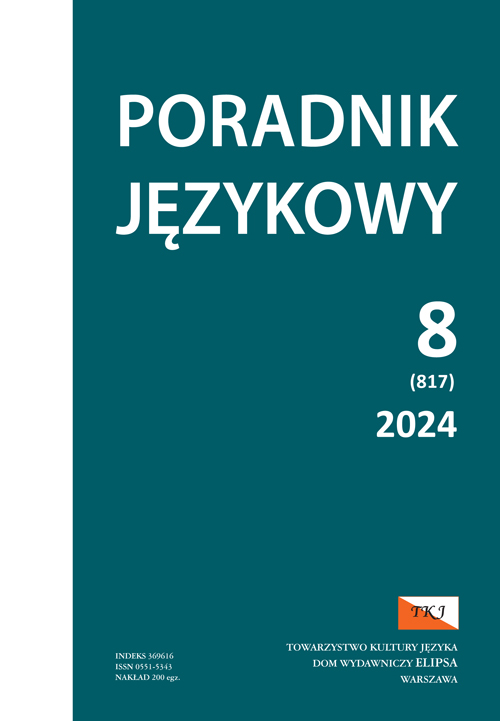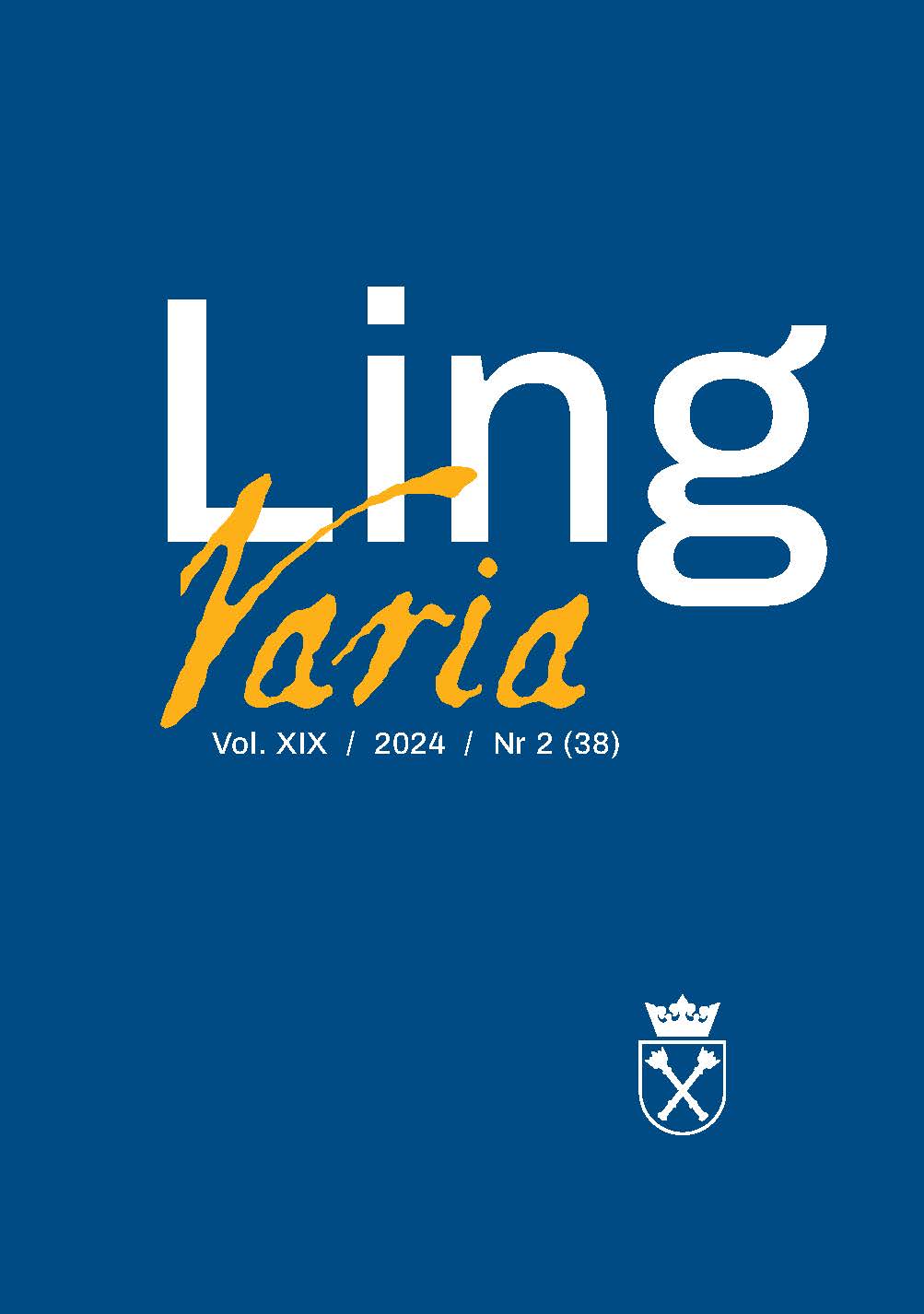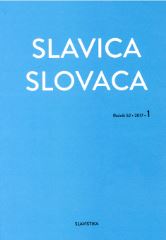
Odrażający i święci. Wierzenia o psiogłowcach w dawnej i współczesnej tradycji bizantyńsko-słowiańskiej
Legends about mythological peoples constitute a vital theme of European folklore – the theme which has not been thoroughly investigated. The article presents the preliminary results of the study on beliefs related to cynocephali, i.e. people with the head of a dog and a human body, existent in folk mythology in the Byzantine and Slavic borderlands. I also show the relationship between the beliefs and the canonical and apocryphal texts of Byzantine and Slavic culture. The article is based on the qualitative research (analysis of ethnographic texts, interview, and observation) on cynocephali, while the results are presented in the perspective of historical and interpretative ethnography (sources from the nineteenth and twentieth centuries).
More...
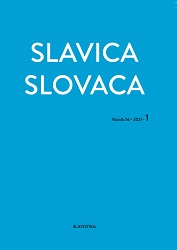
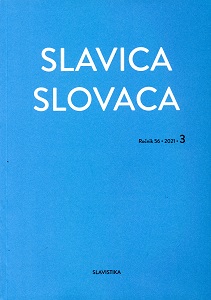
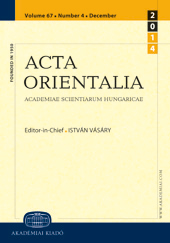
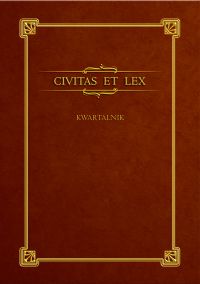
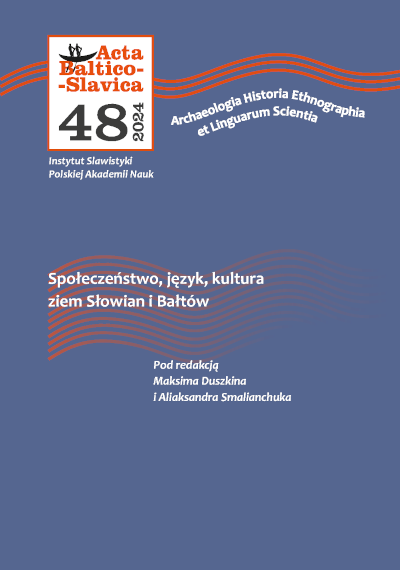
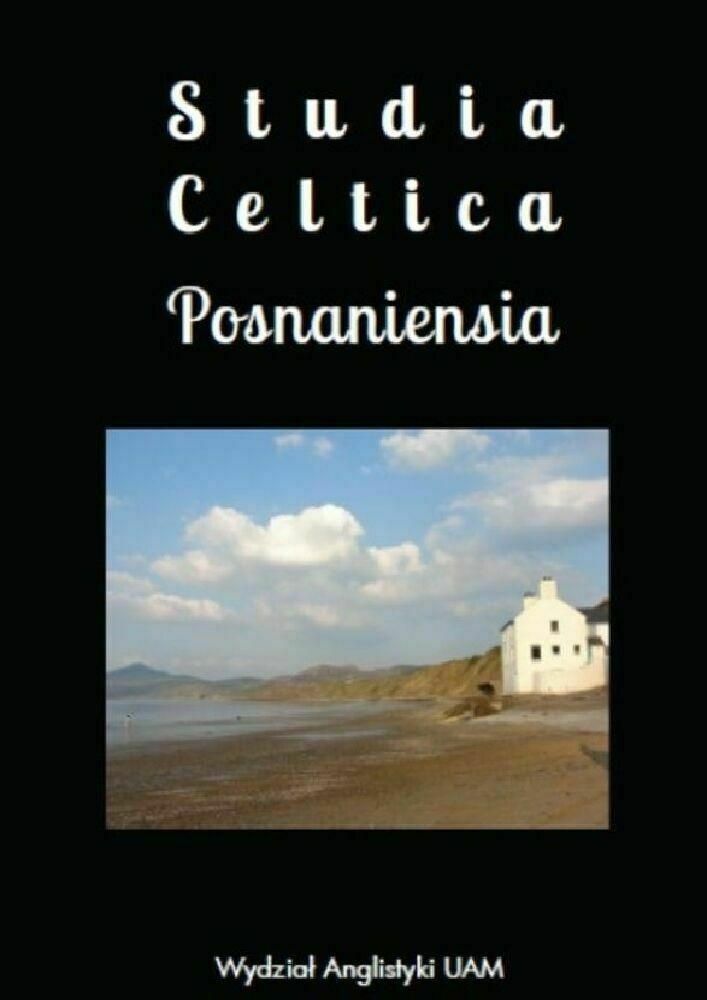
![Українське мовознавство 1920-х років
та совітська українізація
(на матеріалі “Записок Історично-філологічного
відділу ВУАН” [1923–1931])](/api/image/getissuecoverimage?id=picture_2024_86660.png)
